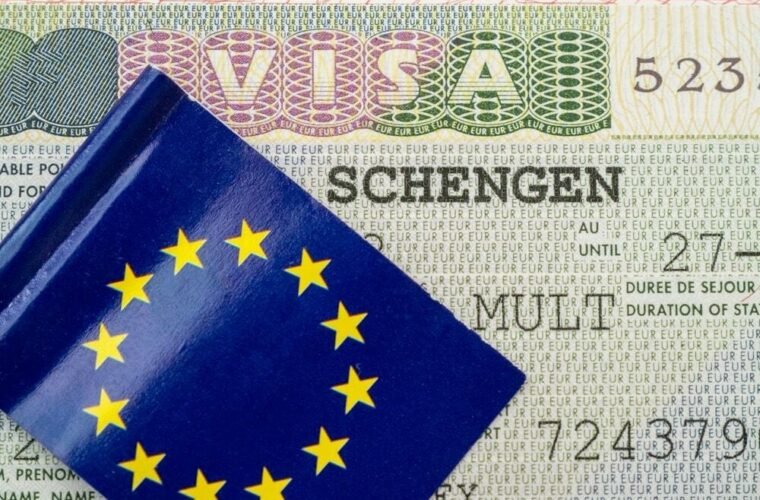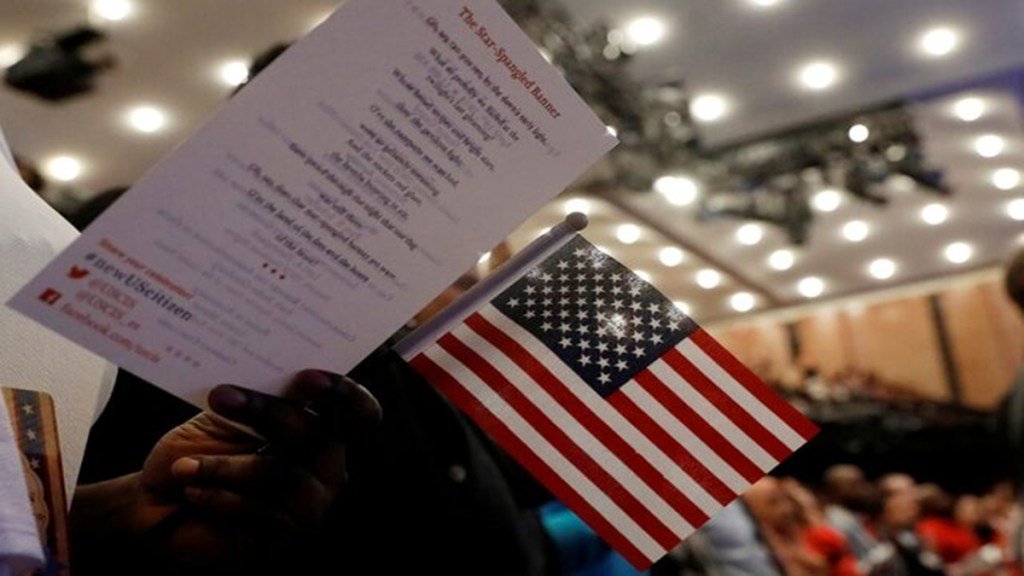
Travelers from various non-EU nations must obtain a visa to enter the Schengen Area. However, the 27 member countries exhibit varying rates of visa rejections, with some having stricter requirements than others.
It can be difficult to determine which countries are more likely to reject visa applications. However, statistics from Schengen Visa Info indicate that certain nations, particularly those that receive fewer applications, tend to have higher rates of negative decisions, as reported by Schengen.News.
Based on rejection rates from 2023, here are the countries that are more prone to denying Schengen visa requests:
Malta
Malta has the highest visa rejection rate among all 27 Schengen countries. In 2023, there were 33,306 applications submitted, with 12,261 of them—approximately 37.6%—being denied.
Algerian applicants faced the most significant rejection rates, with 90.35% of their visa applications rejected. Following them, applicants from Ghana and Morocco had the second and third highest rejection rates, at 62.69% and 60.37%, respectively.
Estonia
Estonia rejected over half (61.4%) of the Schengen visa applications it received, totaling 4,347 denials.
Among the nationalities, Egyptians faced the highest rejection rate at 59.5%. Applicants from the UAE and India also experienced significant rejection rates, at 57.9% and 49.7%, respectively. In contrast, Chinese applicants had the lowest rejection rate, with only 7.3% of their applications denied.
Belgium
Belgium ranks third among Schengen countries for the highest visa rejection rates, with over a quarter (26.6%) of applications denied. Out of 225,951 total applications, 60,148 were rejected. The nationalities most impacted by these rejections included Senegalese applicants at 67.8%, Angolan applicants at 66.44%, and Nigerian applicants at 62.45%.
Sweden
In 2023, Sweden rejected approximately 60,148 visa applications, resulting in a rejection rate of 23.1%. This positions Sweden as the fourth highest in terms of visa rejections, indicating a stricter approach to issuing visas.
Iranians faced the highest rejection rate, with 4,153 applications denied, leading to a rejection rate of 76.65%. Following them, applicants from Pakistan and Lebanon had rejection rates of 69.49% and 66.21%, respectively.
Denmark
In 2023, Denmark processed 107,872 visa applications, of which 21,509 were rejected, resulting in a rejection rate of 21.2%. Moroccans had the highest rejection rate at 100%, though only two applications were submitted.
Iranians and Pakistanis followed as the second and third most frequently rejected nationalities, with rejection rates of 76.65% and 69.49%, respectively.




















